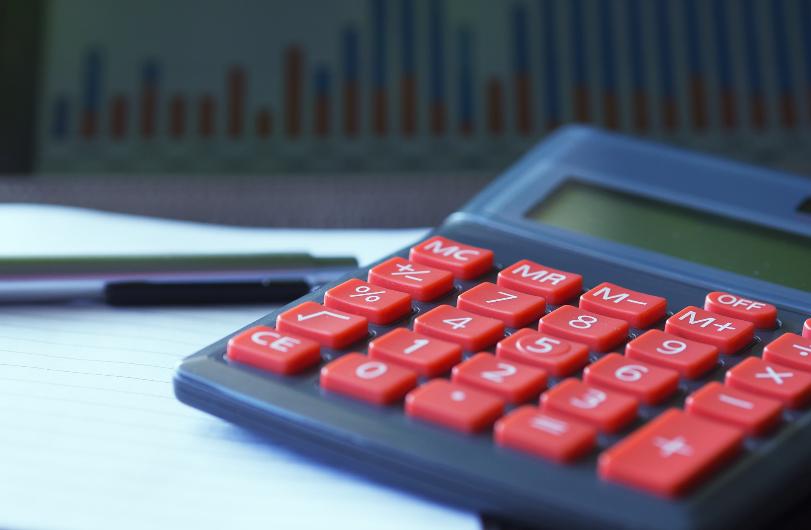How to calculate the cost of a product correctly
The cost of a product or service is one of the most important business indicators. This indicator takes into account all costs of production and sale of a product or service and directly affects pricing. The difference between the cost and the price of goods/services for customers is the margin of the entrepreneur.
Without accurate cost calculation, it is impossible to correctly determine profitability, break-even point, and payback time of the business. Cost calculation also helps to make management decisions, reduces costs and prepares reports for government agencies.
The cost price includes not only direct (production) costs (the cost of goods or materials for its manufacture, salaries of employees), but also indirect (commercial) (rent of premises, taxes, packaging, marketing, staff salaries, etc.).
A small business with a limited assortment can calculate the cost using the following formula: Cost = (Production costs + Sales costs) / unit of goods/services.
Medium and large companies implement special ERP systems to calculate the cost, which take into account many factors and their changes.
The cost of a product/service consists of the following types of expenses:
Material costs: the cost of raw materials, components, packaging, and materials for production.
Labor costs: salaries (including bonuses, insurance premiums, taxes, benefits) of employees.
Direct overhead costs: electricity, water supply, maintenance and depreciation of equipment.
Indirect overhead costs: the cost of renting premises, utilities, advertising.
Management overhead: costs for management, accounting, legal services and other non-production functions.
Buildings and equipment: office space rental costs, depreciation of premises.
Professional services: hiring of third-party organizations (accounting, logistics).
Common types of cost classification:
The planned one, which is calculated based on forecasts and expert assessments. For example, when making business plans. The expected prices for materials, salaries, rental costs, etc. are taken into account.
The normative reflects, conditionally, the ideal cost price, taking into account all technical characteristics, standards, standards, technical specifications, etc. It does not take into account industrial defects, absenteeism of employees, force majeure, increase in the cost of materials, etc.
The reported or actual amount, which is calculated based on real costs. The results are compared with the normative or planned one in order to understand why the cost increase occurred.
Another classification depends on the cost indicators included in it:
- The workshop consists only of direct costs associated with production;
- Production consists of direct and indirect costs, including depreciation of equipment, rental of premises, staff salaries;
- The full price includes absolutely all production and sales costs.
In addition, there are various factors that affect the cost. They are usually divided into external and internal. External factors include the level of inflation, the increase in the minimum wage, the emergence of competition, the lengthening of logistics chains, exchange rates, etc. Internal factors: reduced management efficiency, control of material consumption, low labor productivity, lack of qualified workers, technical re-equipment, capacity utilization.
***
Support for entrepreneurs in the region is carried out within the framework of the national project "Small and medium-sized entrepreneurship and support for individual entrepreneurial initiative", which was initiated by the President and overseen by First Deputy Prime Minister Andrei Belousov.


